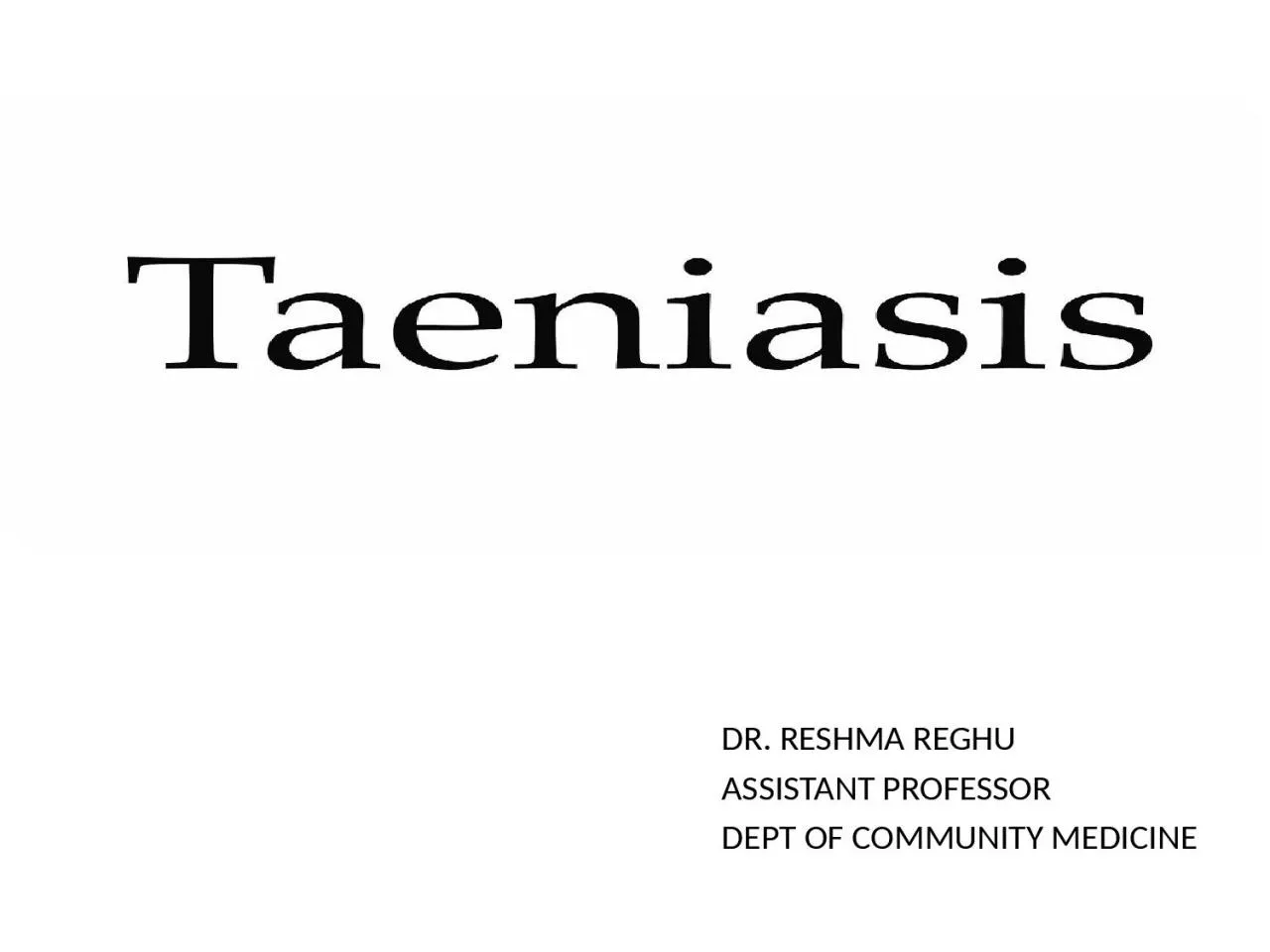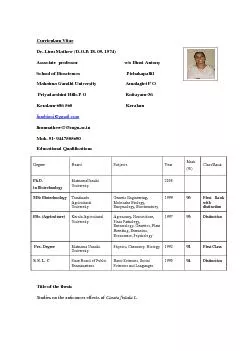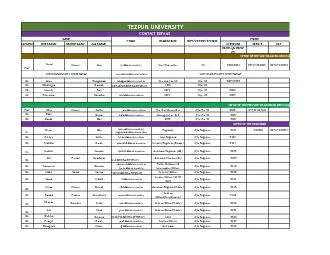PPT-DR. RESHMA REGHU ASSISTANT PROFESSOR
Author : OneAndOnly | Published Date : 2022-08-01
DEPT OF COMMUNITY MEDICINE HOST OF INFECTION AGENT FACTORS Echinococcus species are small tapeworms rarely more than 7 mm in length The scolex bears four suckers
Presentation Embed Code
Download Presentation
Download Presentation The PPT/PDF document "DR. RESHMA REGHU ASSISTANT PROFESSOR" is the property of its rightful owner. Permission is granted to download and print the materials on this website for personal, non-commercial use only, and to display it on your personal computer provided you do not modify the materials and that you retain all copyright notices contained in the materials. By downloading content from our website, you accept the terms of this agreement.
DR. RESHMA REGHU ASSISTANT PROFESSOR: Transcript
Download Rules Of Document
"DR. RESHMA REGHU ASSISTANT PROFESSOR"The content belongs to its owner. You may download and print it for personal use, without modification, and keep all copyright notices. By downloading, you agree to these terms.
Related Documents














